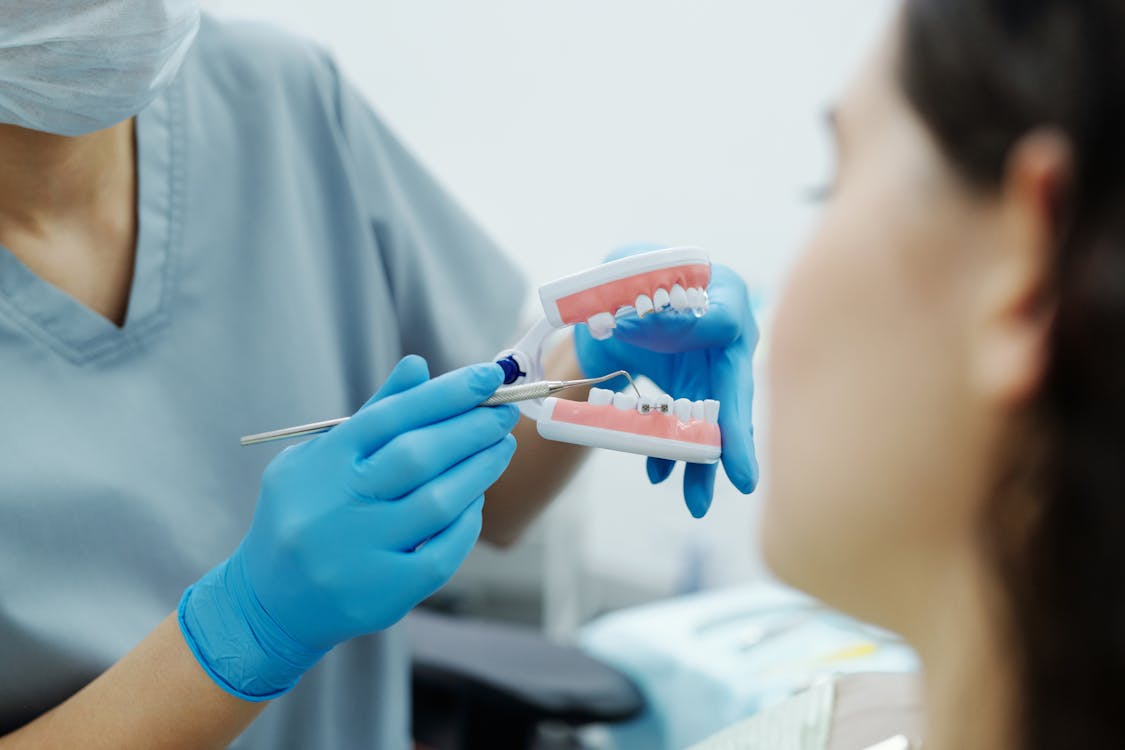
From Baby Teeth to Braces: How to Support Your Child’s Dental Health
A healthy smile begins in childhood, and supporting your child’s dental health from the start can lead to a lifetime of benefits. From the first baby tooth to the teenage years when braces become common, each stage of dental development plays a crucial role. Parents have the unique responsibility of guiding their children through these phases with good habits, regular dental visits, and proper care. Understanding what to expect and how to respond helps prevent problems and builds confidence, ensuring your child’s smile stays strong and healthy at every age.
Caring for Baby Teeth
Taking care of baby teeth is vital, even though they eventually fall out, because they set the foundation for healthy adult teeth. Parents should start cleaning their baby’s gums before teeth emerge and begin brushing with a soft-bristled toothbrush as soon as the first tooth appears. Cavities can still occur in baby teeth, often due to sugary drinks or snacks, and when they do, pediatric dental fillings may be necessary to prevent further decay and preserve the tooth’s function. Untreated cavities can lead to pain or infection, so it’s important to visit the dentist regularly and maintain good hygiene to protect your child’s developing oral health.
Instilling Good Habits
As children grow, they begin to take on more responsibility for their oral hygiene, making it critical to instill proper brushing and flossing habits early. Parents should supervise brushing until at least age seven or eight, ensuring children brush for two minutes twice a day and floss once daily. At this stage, kids are also likely to consume more snacks and sugary drinks, which means teaching them the impact of diet on their teeth is just as important as the brushing itself. Make dental care fun by letting them choose their toothbrush and using apps or timers to keep them engaged. Consistent six-month dental check-ups are crucial for cleanings, fluoride treatments, and identifying any early signs of misalignment or cavities.
Understanding the Transition to Permanent Teeth
Around age six, children begin losing their baby teeth and gaining their permanent set, a process that continues into the early teen years. This transition requires continued diligence as new teeth are particularly vulnerable to cavities. Permanent molars, which come in behind the baby teeth without replacing them, should be protected with dental sealants when recommended. During this phase, dentists may also start to evaluate jaw development and bite alignment to determine whether orthodontic treatment might be necessary in the future. Addressing issues early can reduce the complexity of treatment later on. It’s also a time when children may become self-conscious about their appearance, so reinforcing the importance of oral hygiene can empower them to take pride in their dental care routine.
Preparing for and Managing Braces
For many kids, the path to a straighter smile involves orthodontic treatment, typically beginning between the ages of 10 and 14. While each child’s needs are unique, early assessments can sometimes identify problems such as overcrowding, bite misalignment, or jaw irregularities before they worsen. Supporting your child through braces means more than just attending orthodontic appointments; it also involves helping them adjust to new cleaning routines, managing discomfort, and maintaining motivation during what can be a lengthy process. Equip them with special tools like orthodontic brushes or water flossers to ease cleaning challenges. Encouraging a positive mindset and reminding them of the end goal, a healthy, confident smile, can make the experience much smoother.
Supporting your child’s dental health from the baby stage through braces involves proactive care, patience, and plenty of encouragement. Each stage of development comes with its challenges and opportunities, but with the right approach, you can help your child build habits that protect their smile for years to come. By making dental care a regular and positive part of your family’s routine, you lay the foundation for a lifetime of healthy, happy smiles.
Popular Categories



